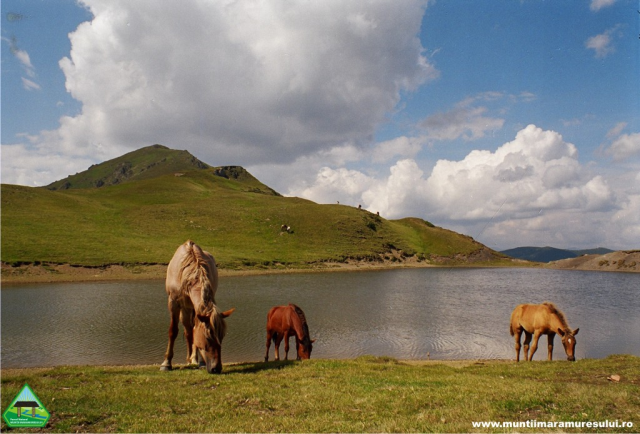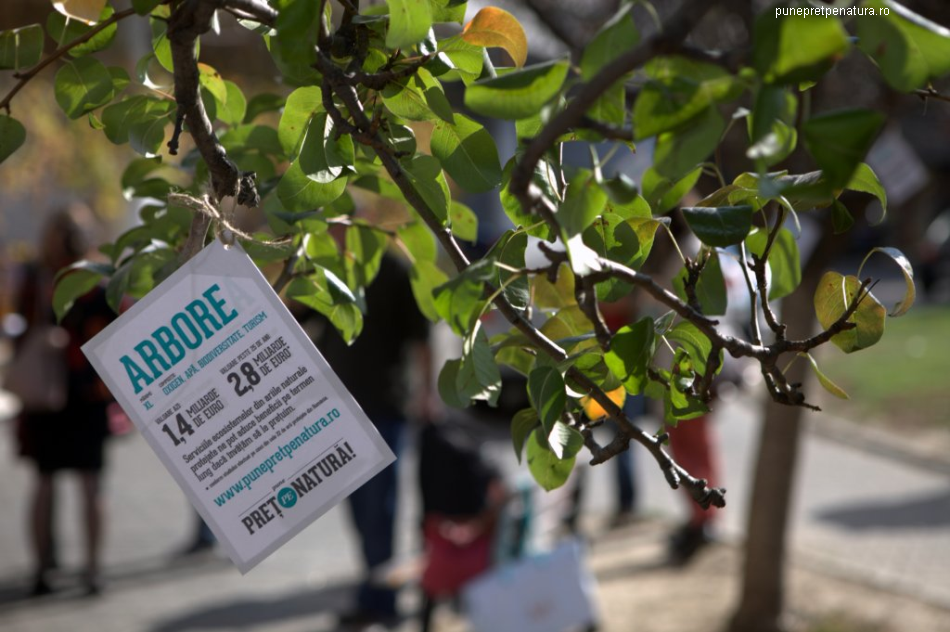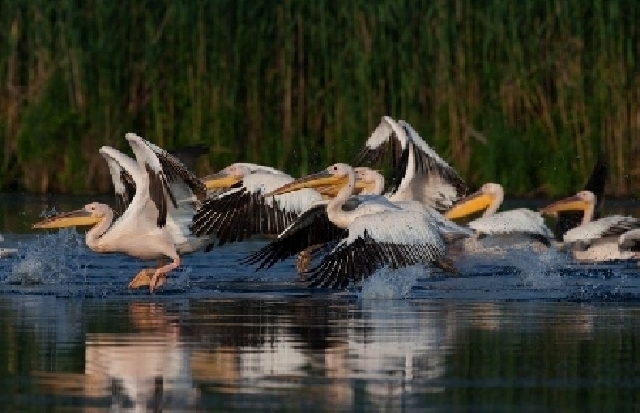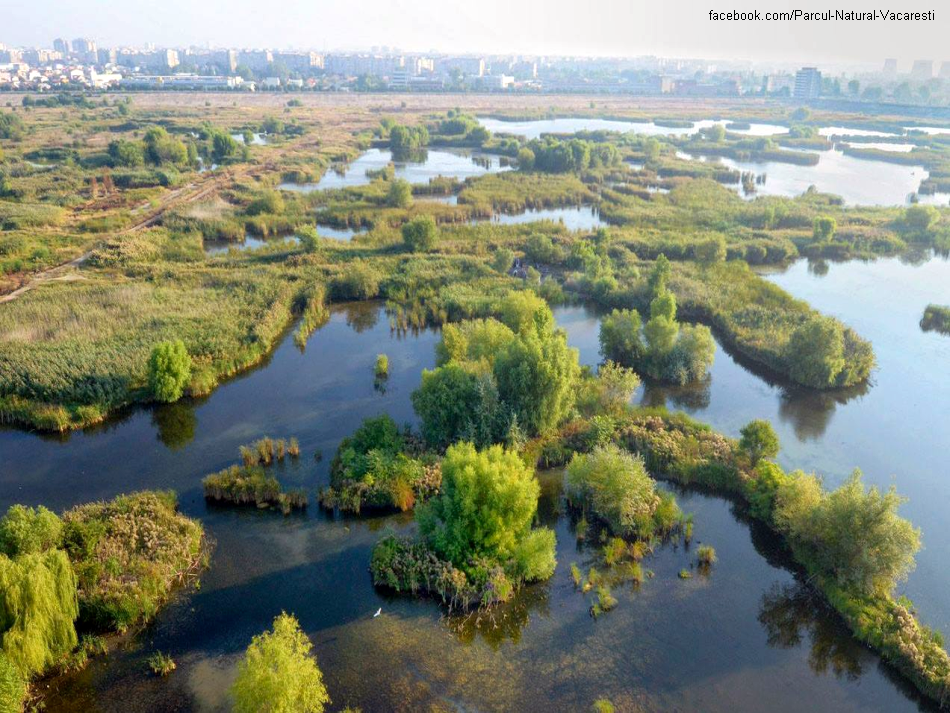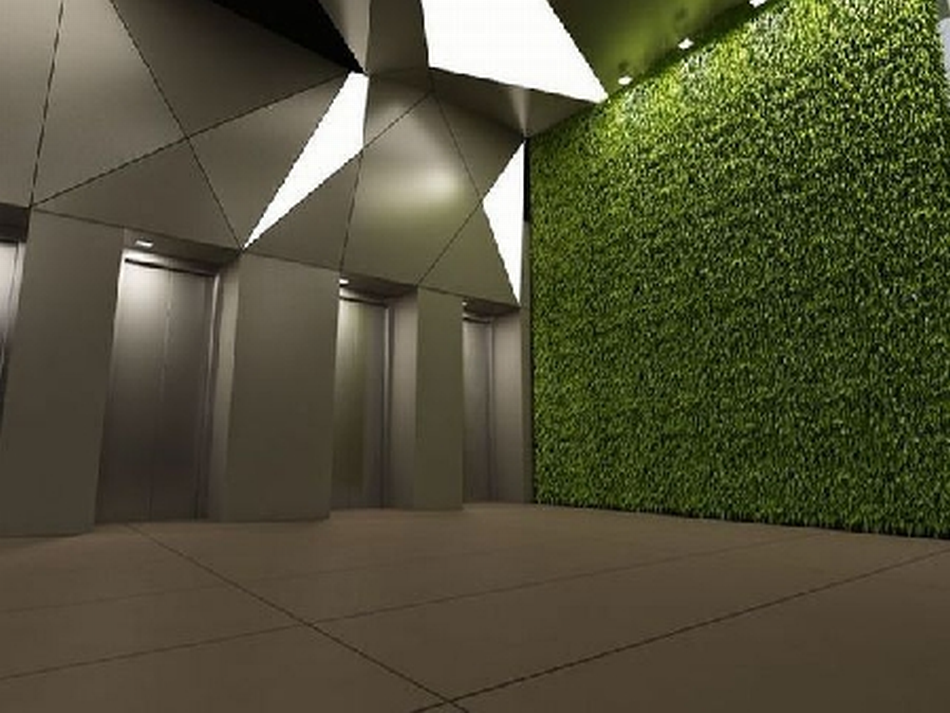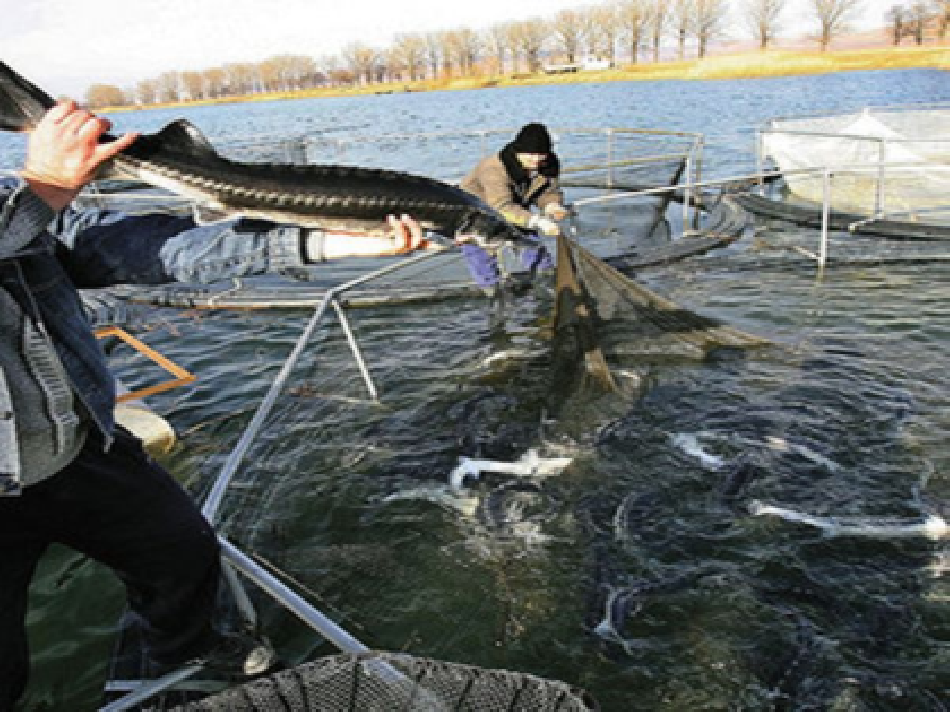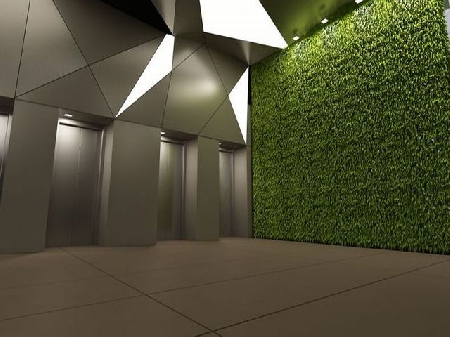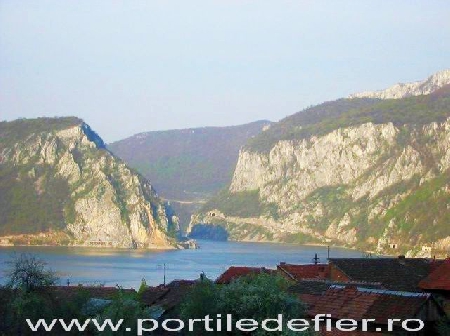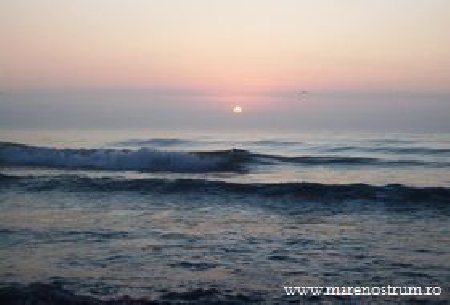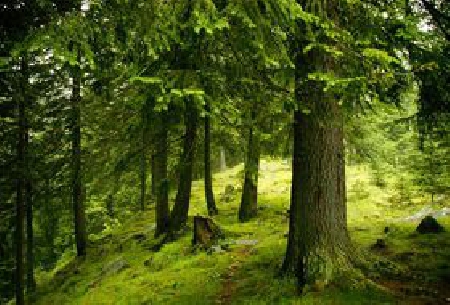Romania’s smallest national park, called Buila Vanturarita and covering 4,186 hectares, is located in the north of Valcea county, in the south of Capatanii Mountains. It includes the around 14-km long calcareous crest of Mount Buila Vanturarita, dominated by the two peaks that give the name of the mountain: the Buila Peak (1849 m) and the Vanturarita Mare Peak (1885m).
In time, the Bistrita, Costesti, Cheia and Olanesti rivers have carved out spectacular gorges and cascades into the mountain. The Bistrita Gorges stand out as being very narrow. They are 1000-m long and are crossed from south to north by a forest road that replaced the old railway. The landscape is breathtaking. Twenty caves are hidden in the steep mountainsides, some of which have been declared protected areas such as the Gregory the Decapolite Cave. The Buila Vanturarita National Park, a future site in the Natura 2000 European Network, was set up 10 years ago. The park manager, Cosmin Botez, tells us how this area was created:
Cosmin Botez: “In time people have noticed that the area had special flora and fauna and this was the main reason why in the 1960s the authorities set up the Yew Reserve in the Cheii Gorges, the Stogu Mountain Reserve, the Arnauti Cave, the Saint Gregory the Decapolite Cave and also the Bats’ Cave reserves. People identified a large number of chamois, lynxes, wolves, bears, deer, boars, mountain roosters and other animal species. The outstanding flora species in the area include the sweet William, king’s roses, yew trees, which are a protected species, dwarf mountain pines which grow at altitudes of more than 1,600 meters and junipers. The Buila Vanturarita National Park has 17 recognized and protected habitats, 6 strictly protected bat species, and two eagle species.”
Kogayon Association, an NGO that was one of the main initiators of the Buila Vanturarita national park project, has run many projects devoted to developing the park infrastructure, to creating camping areas, re-creating tourist routes and to environmental education:
Cosmin Botez: “A lot of projects have been carried out, the biggest one, implemented in 2008, had a budget of 100 thousand euros. As part of the environmental education activities, every two months we organized meetings with the local communities in the two main access valleys of the national park, namely in Olanesti Spa for the Cheia Valley and Olanesti area, and in the village of Costesti for the Costesti and Barbatesti area. We would like to implement another project jointly with the NGO Batlife from Bihor, which is an association promoting the protection of bats.”
The Buila Vanturarita national park includes more than 500 hectares of virgin forests, which are most valuable from a biodiversity point of view. These forests are home to the famous Cozia rose, which is unique in Valcea County, and the cap lily –lilium martagon, a rare, protected species. The park also hosts as many as 28 species of orchids, out of the total of 58 growing in Romania. Alpine meadows and cliffs are located towards the mountain peaks. From spring to autumn, here you can see some of the most rare and fragile mountain flowers in the country, such as globeflowers, the white dryas, a small prostrate evergreen subshrub forming large colonies, the Daphne blagayana or king’s rose which has sweetly scented flowers, and the edelweiss, protected since 1931, which is the queen of alpine flowers. The hard-to-access cliffs are home to the chamois, an endangered species. Worth mentioning among the bird species in the national park are red kites, lesser spotted eagles, red-footed falcons, and Eurasian Eagle-Owls, one of the largest species of owls. The wall creeper, with wings resembling those of butterflies, is one of the most beautiful birds in Romania, and can also be found in the gorges area.
For many years, this mountain has been home to several places of worship, known only to a few pilgrims. The hermitages and monasteries on the outskirts of the park and the legends about their settlement add to the value of this protected nature reserve.

